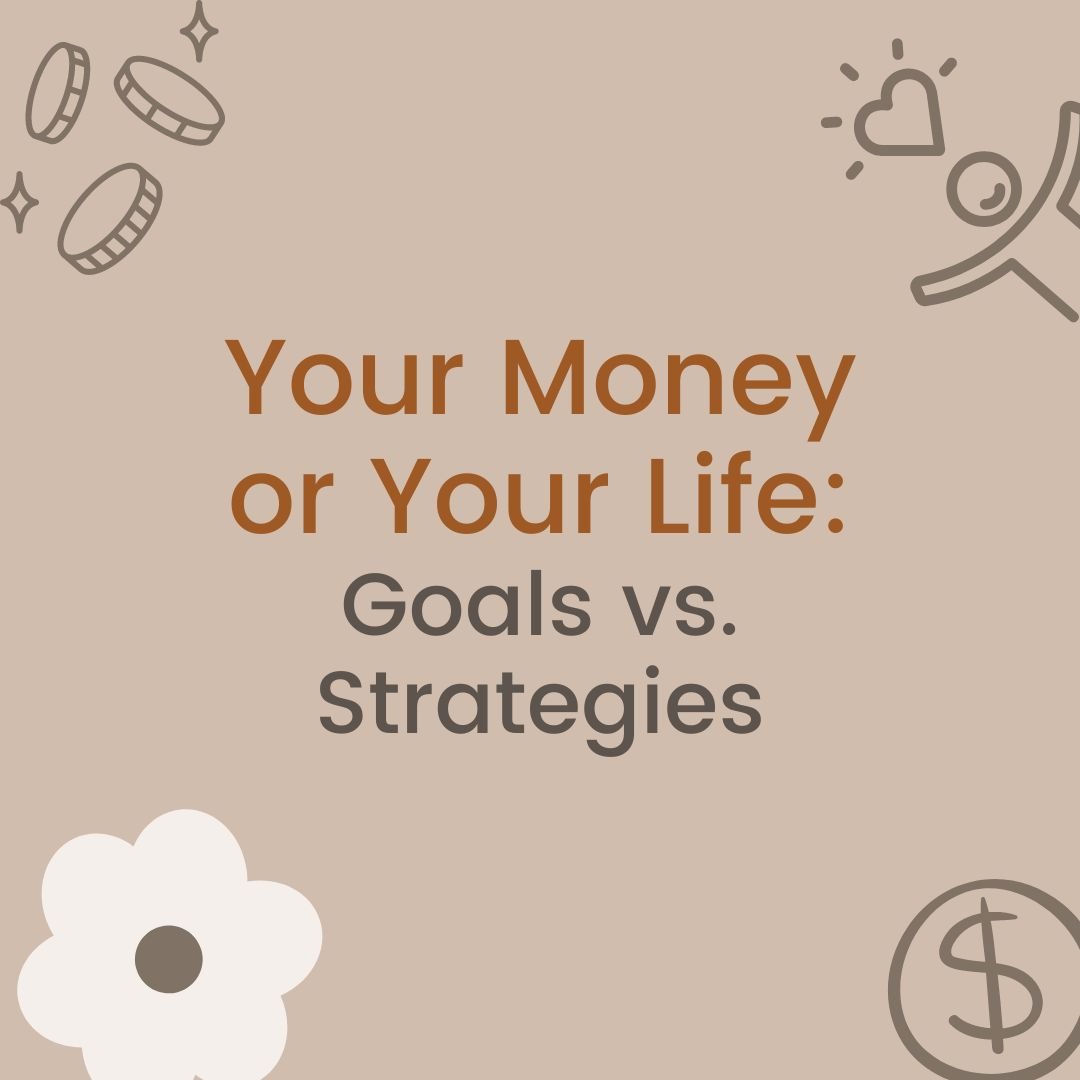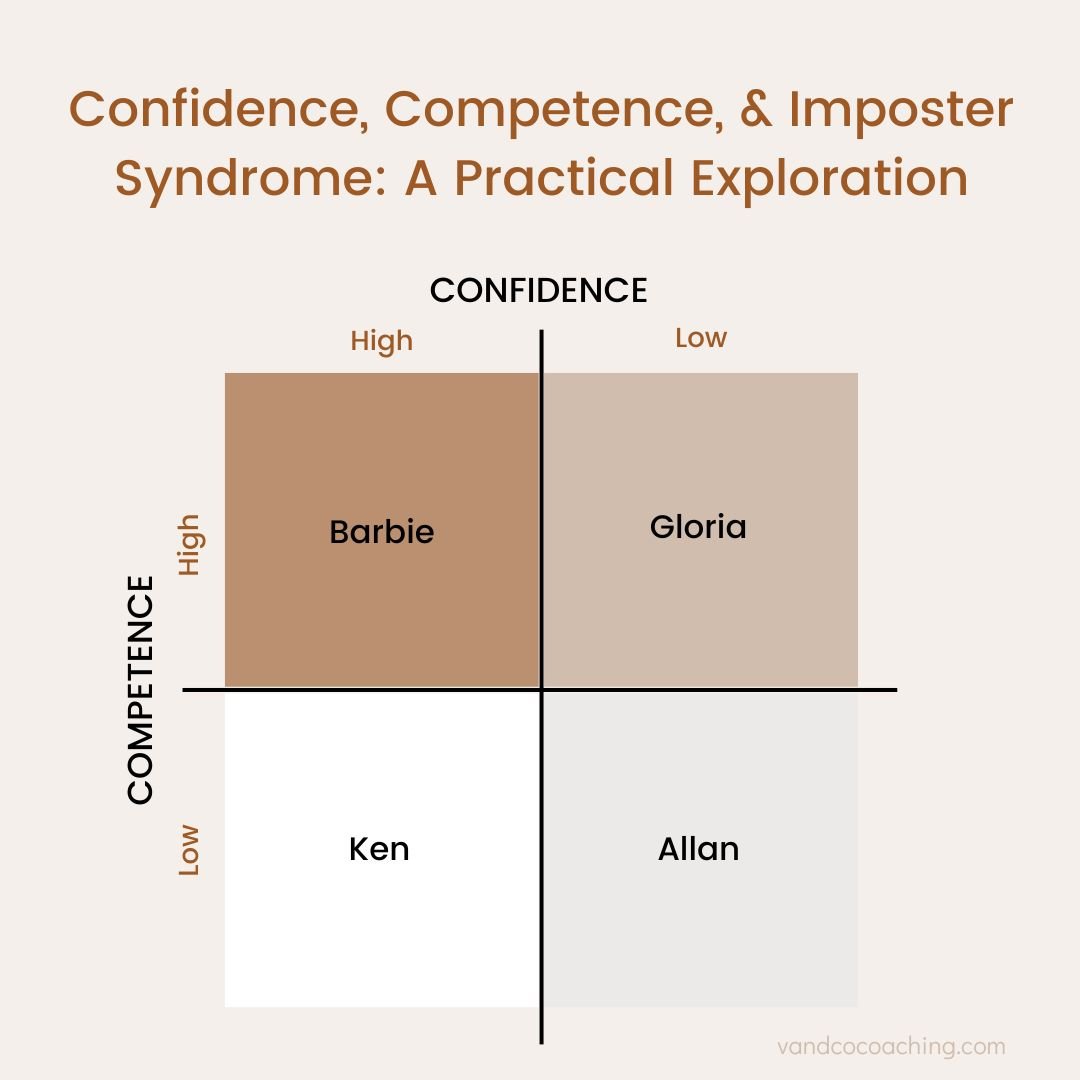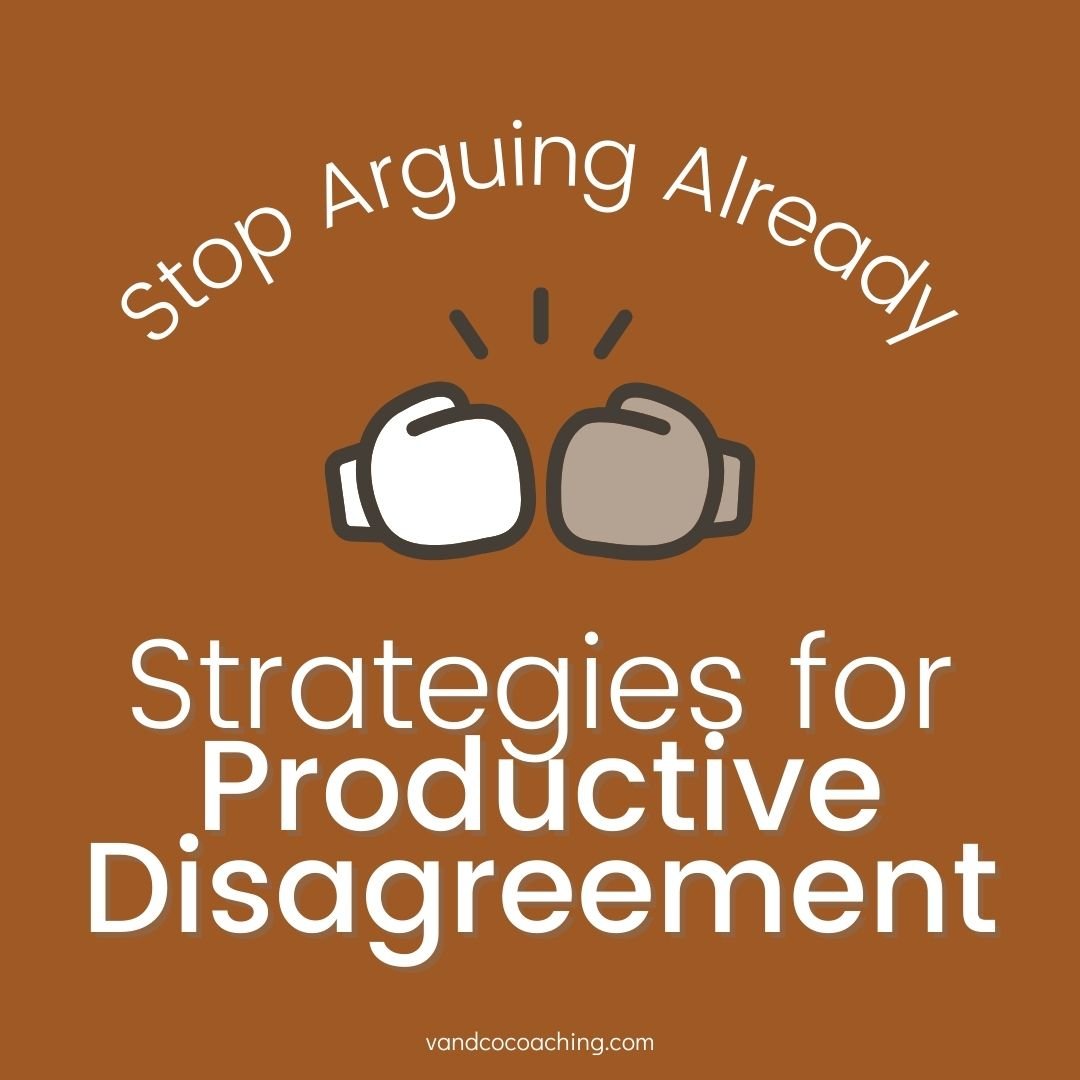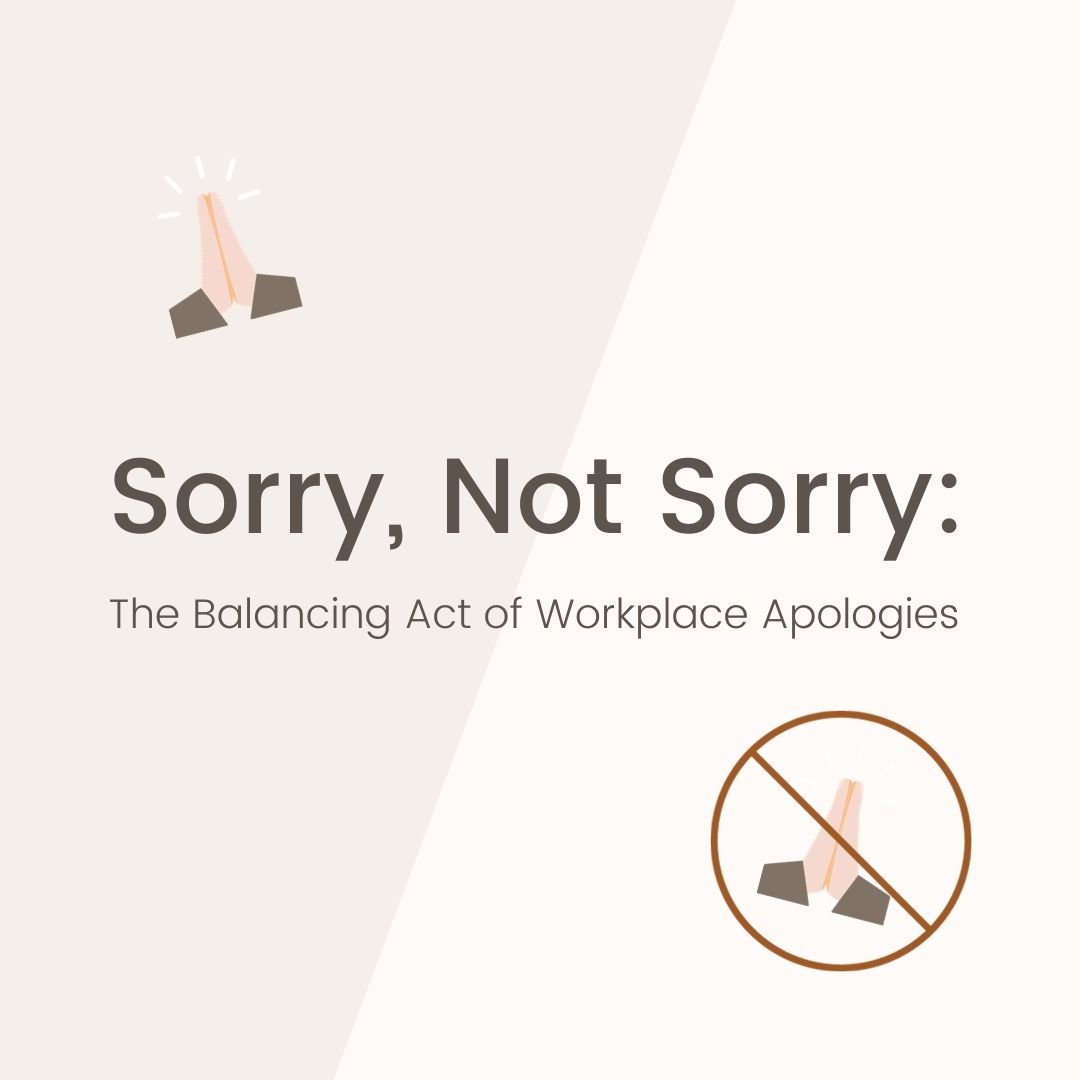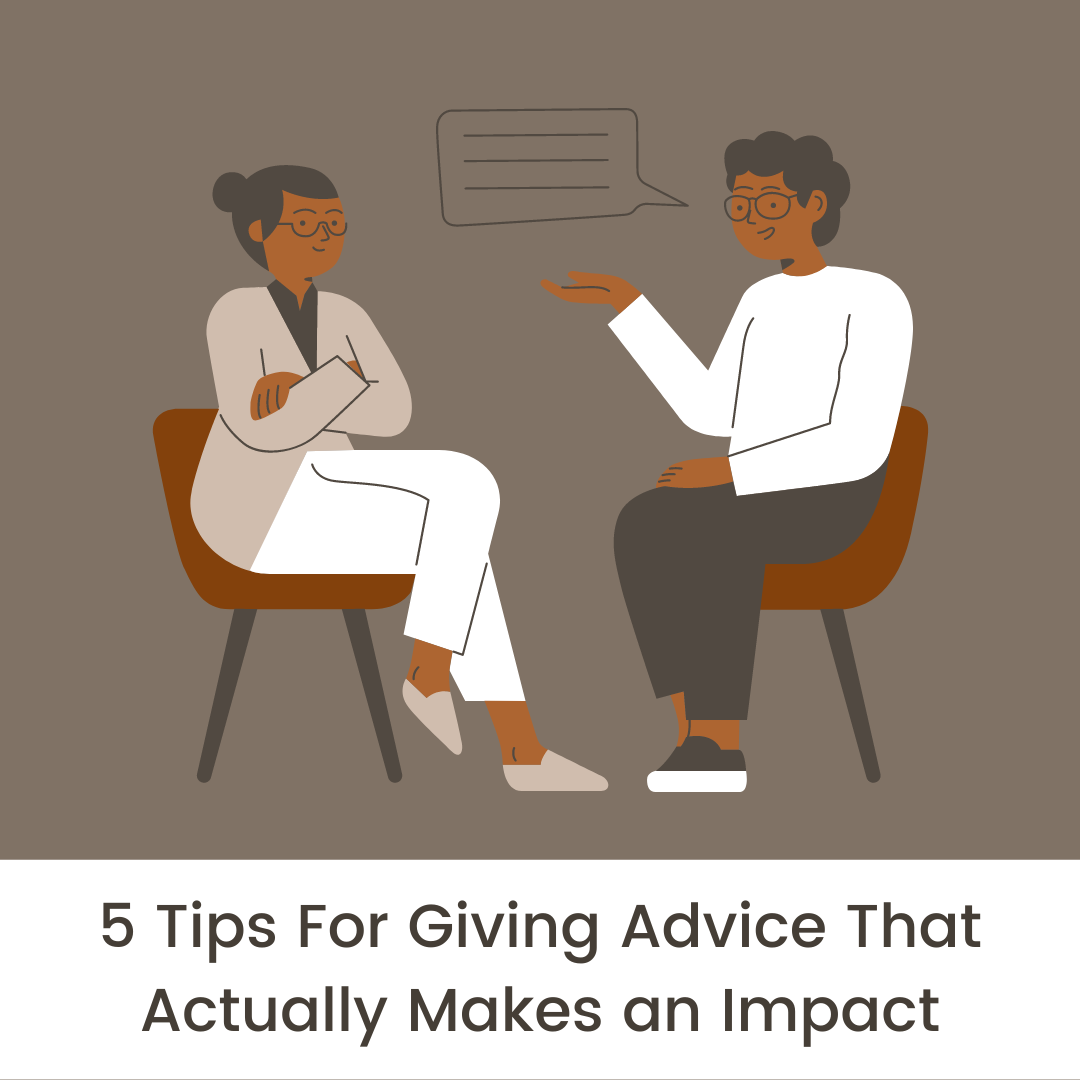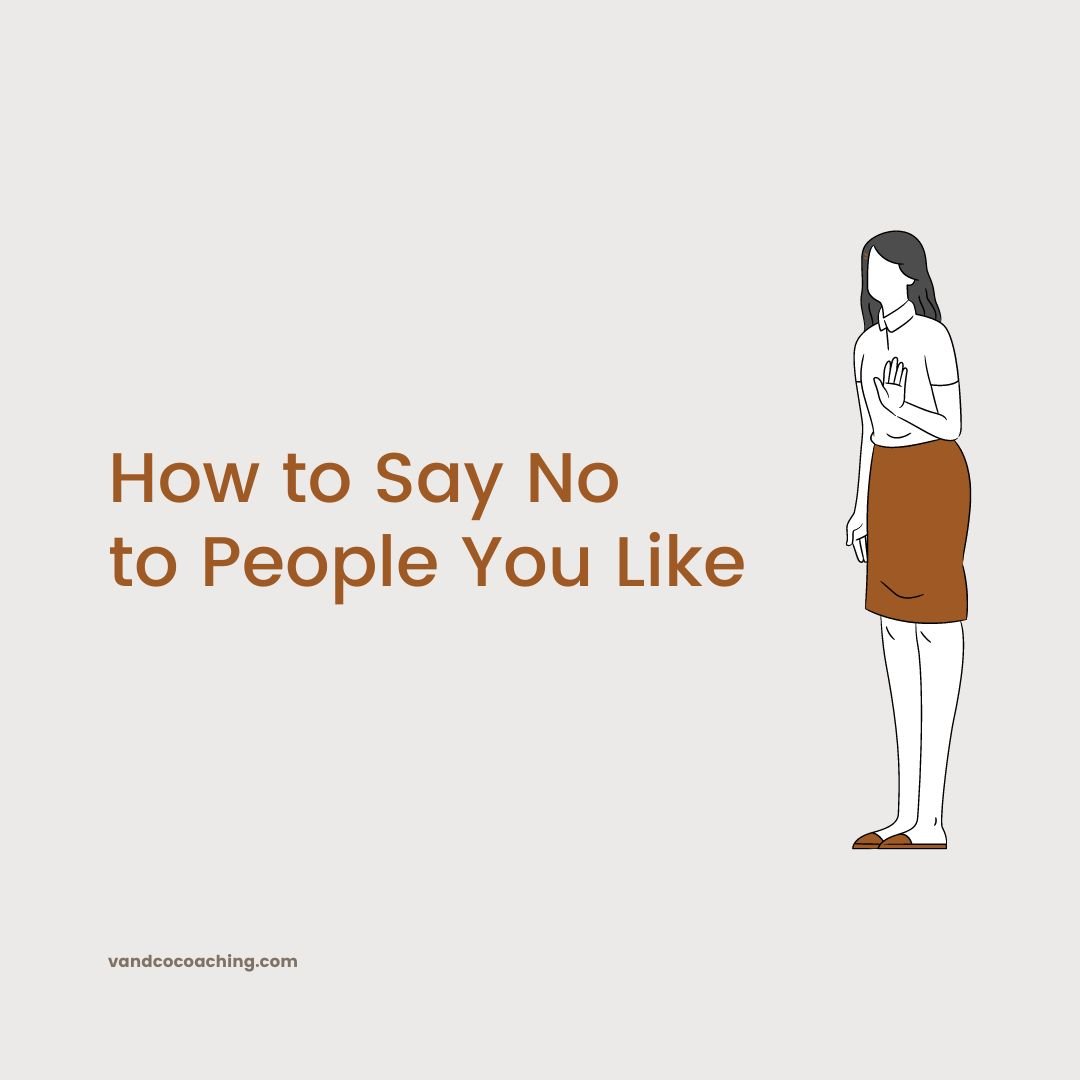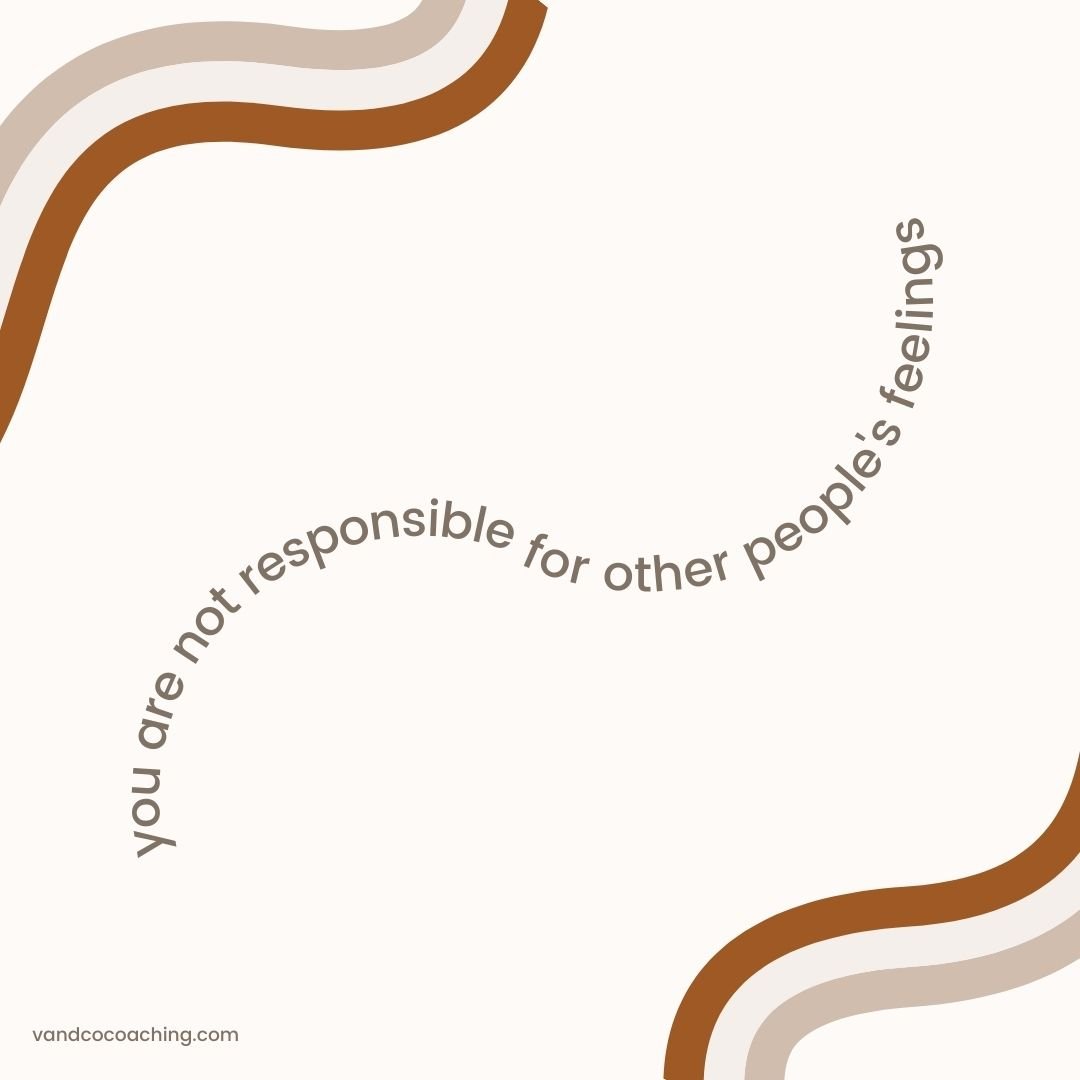How to Control Your Emotions at Work (Without Turning into a Robot 🤖)
I often wonder: why did no one teach us stuff about emotions? And seriously, why did we only recently get a movie like Inside Out!? Regardless, what’s clear is: there’s a massive gap between the impact emotions have on our lives and the lack of education on how actually to manage them.
It’s a big topic, so I’m breaking it into two newsletters. This one begins to bridge our knowledge gap by introducing the best model for understanding how emotions shape us—the CBT Triangle—and why getting friendly with our emotions is so important, aside from the don’t-wanna-be-a-robot thing. Next month, we’ll dive into my favorite strategies for actually working with emotions (aka emotional regulation)—lots of practical tools we should have been taught but weren’t.
My hunch? You’ll thank yourself for digging into this—even if it’s way past due on the emotional curriculum we all should’ve had.
Why “Controlling” Your Emotions Is a Myth (But You’re Not Powerless)
Okay, I’m coming clean—I kinda lied in the title. We can’t fully control our emotions. But we can learn to work with them more effectively.
Emotions aren’t light switches. They’re part of our body’s ancient survival system—fast, automatic, and designed to protect us. Emotions are your brain’s way of predicting what might happen next and preparing your body to respond immediately.
Imagine you’re in a meeting, and your manager drops a bomb: new priorities, tighter deadlines, a re-org of the project you’ve been leading. The flood of feelings rushes in—frustration, anxiety, maybe even helplessness. Your brain is reacting to the sudden shift, your body preparing for a potential threat (even if it’s just in calendar form).
These emotional responses are real, valid, and doing what nature intended—giving you data about what’s happening and how to respond. But here’s the twist: emotions are based on your brain’s interpretation of the situation, not necessarily the situation itself. That means emotional “data” might not reflect the whole truth… and may not guide you toward the response your wisest self would choose.
This is where it helps to understand how thoughts, emotions, and behaviors work together. Let’s break it down.
How Thoughts, Emotions, and Behaviors All Work Together
Here’s where the Cognitive Behavioral Triangle comes in. This framework helps explain how we process and respond to situations.
The Cognitive Behavioral Triangle
The Cognitive Behavioral Triangle at Work
🧠 Thoughts – These are the mental narratives you create: your beliefs, interpretations, and assumptions about yourself, others, and the world.
❤️ Feelings – Emotions are the words we use to describe our internal states, like anger, sadness, joy, or fear. These are shaped by both our biology and our interpretation of what's happening.
🏃 Behaviors – These are your responses—what you say or do (or don’t do) as a result of your thoughts and feelings.
Together, these three elements form a kind of emotional feedback loop—each one influencing the other. Like gears in a machine, if you turn one piece, the whole structure shifts.
Still fuzzy? Let’s make it real with two examples from my leadership coaching clients:
Client 1: Pamela
Situation: Started a new role as an account manager, just learned about facing higher metrics.
Thoughts: "I’ll never get this done." / "I’m not prepared for this role."
Feelings: Anxiety, stress, ineptitude, worry
Behavior: Procrastinates on tasks, escapes through social media, skips personal routines, underperforms due to stress and poor planning.
Client 2: Maria
Situation: Began a new role as team manager, but teammates talk over her and disregard her ideas.
Thoughts: "Nobody respects me." / "My opinion doesn’t matter." / "Why try to speak up if it’s just getting shot down?" / "I’m not good at my job."
Feelings: Hurt, frustrated, confused, disrespected
Behavior: Stops speaking up in meetings, retreats from leadership, loses visibility at work.
Recognize yourself in these stories? Most of us can. But here’s the million-dollar question: If we can’t control our emotions, what can we do? That’s where emotional awareness and the CBT Triangle become your tools—not to erase the emotion, but to reshape your experience and reclaim your agency. Up next: we’ll explore how to actually do that.
What to DO About Thoughts, Emotions, and Behaviors at Work
Let’s think of managing emotions at work as a stoplight.
This simple visual offers a high-level takeaway from the CBT Triangle we just explored:
🔴 Emotions: Not in our control. We can’t dictate how we feel, but we can learn to navigate or “surf” those emotions more effectively.
🟡 Thoughts: Somewhat in our control. Thoughts are often automatic, but with awareness and mindfulness, we can begin to redirect them.
🟢 Behaviors: Largely in our control. While it’s not always easy, we do have the ability to choose how we act—and respond—in a way that aligns with our values.
🚦How to Start Working with the Stoplight:
🔴 Navigating Emotions
The goal isn’t to suppress your feelings but to meet them with care and curiosity. Start by naming the emotion, then explore where it’s coming from. Try soothing yourself, distracting in healthy ways, or simply allowing the feeling to move through you.
🟡 Managing Thoughts
Mindfulness practices like meditation can slow the rush of automatic thoughts. Noticing and naming unhelpful patterns gives you the power to challenge and reframe them. Writing things down or talking them out can also help shift perspective.
🟢 Shifting Behaviors
This is your most tangible lever. If you find yourself reacting in ways you don’t love, start small: pause, count to ten, get a drink of cold water, take a walk around the block. Even a breath can be a behavior that opens the door to a different outcome.
So, what does this all mean for you?
Maybe it’s a reminder to focus on the part you can control—your actions.
Maybe it’s permission to be kinder to yourself when emotions run high (because, let’s be honest, they will).
Maybe it’s your nudge to finally try that five-minute meditation app, or to journal before jumping into reactive emails.
Maybe you’ll build an “if-then” plan for your emotional triggers (this list is great inspo, btw).
Whatever you choose, remember this: your emotions are valid. You can’t control them but you can learn to move through them with more skill, self-awareness, and grace.
Emotional Awareness: The Foundation of Change
Emotional awareness is precisely the tool we need to fundamentally change our approach to difficult situations. Imagine this, you’re given a box filled with 1000 jigsaw puzzle pieces, but you are not given the top with the image. You know the pieces fit together, but without an image to guide you, this straightforward activity has now become a laborious challenge. You know everything fits, but you don’t quite have all the tools you need to navigate the situation.
This is what it’s like when you’re not aware of your emotions. You’re expected to function, make decisions, and live your life—but without the clarity on how to identify, understand, and manage your emotional state, it’s like trying to complete a puzzle without knowing what the image is! It becomes incredibly difficult to make the best choices, communicate effectively, or take purposeful action.
Now, let’s flip that scenario: Imagine if you did know the image. It would still be a challenge, but you would know what you’re working towards. The puzzle would feel a lot more manageable, right?
The same goes for emotions. When you take the time to recognize and name your emotions, you understand what’s driving your behavior. You can pause before reacting, make more informed decisions, and change your course of action when needed.
How to Befriend Your Feelings:
Getting to know your emotions takes practice. By learning to notice and name your emotions, you can begin to navigate them more effectively. Here’s a simple method to start:
Notice- Pause and tune into what’s happening in your body. Notice any sensations—tightness in your chest, warmth in your face, a flutter in your stomach—and connect these sensations to the emotions you’re feeling. For instance, a racing heart and shallow breathing might point to worry.
Name- Give your emotions a name. Are you feeling irritated, nervous, disappointed, or overwhelmed? Identifying your emotions helps bring clarity, making it easier to understand them and take meaningful action. Check out this emotions wheel!
By pausing to notice and name your emotions, you are taking the first step in befriending them and respond more mindfully.
Building Mindful Awareness
In addition to noticing and naming your emotions, practicing mindfulness helps you stay grounded in the present moment. Mindfulness is the act of paying attention to the here and now without judgment, which helps you navigate your thoughts and feelings with more awareness. Though simple, it’s not always easy.
I often think of the movie About Time. The main character Tim, played by Domhnall Gleeson, has the ability to travel back in time to any moment in his life. He discovers this power on his 21st birthday, and the movie follows him as he uses this power to find love. Towards the end of the movie he finds the best use of time traveling is to travel back in time to repeat everyday. One day is to live with all the frustrations of the mundanity of life, and the next day is to live the day noticing and appreciating what’s around you.
We can't travel back in time, but we can live each day appreciating the moment and embracing it as if we’ll never have the chance again—because we won’t. So here are some practical tools to keep you grounded in the present:
Breathing Techniques: Use mindful breathing to bring awareness to the present moment.
Meditation: Find a meditation practice that suits you.
Informal Practices: Pay attention to all five senses while eating, walking, or during everyday moments.
Observe Sensations: Take note of how emotions show up in your body without judgment.
Self-Connection (Self-Care): Engage in activities that ground you, such as walking in nature or petting your pet.
Self-Monitoring: Track your thoughts, feelings, and behaviors through journaling or digital tools. This helps you understand your emotional patterns and how they relate to your environment.
By incorporating these practices, you can build greater emotional awareness and respond more skillfully to challenging emotions.
Conclusion: Building Emotional Skills for Life
Emotions aren't just things that happen to us—they provide valuable insights that, when navigated with wisdom, can help us move through life more effectively. While we can't control our emotions, we often have more influence over how we respond to them than we realize. By becoming aware of our emotions, learning to name them, and practicing mindfulness, we can approach life's challenges with greater clarity and intention. Voila! Human, helpful, and light-years from robotic.
In our next newsletter, we’ll dive into practical strategies for working with emotions more effectively—emotional regulation techniques that, frankly, should have been part of our education from the start. But for now, take a moment to observe your emotions, get curious about them, and begin befriending the feelings that guide your experiences. The more we understand our emotions, the more empowered we become in shaping the lives we want to live.












